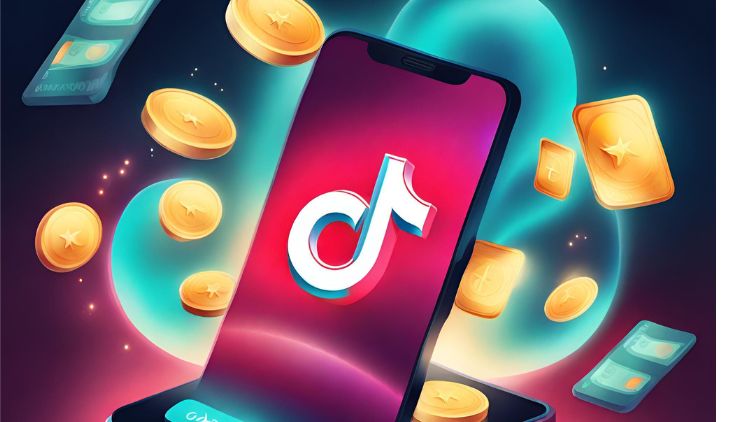Payments
TikTok and payments, a match made on social media
- Gen Z’s popular haunt TikTok is abuzz with payments activity, surpassing $1 billion in global consumer spending through in-app purchases in Q1 2023.
- TikTok is looking to make a name for itself in the retail space in America as well, as it battles with the White House over concerns about its Chinese origins.








